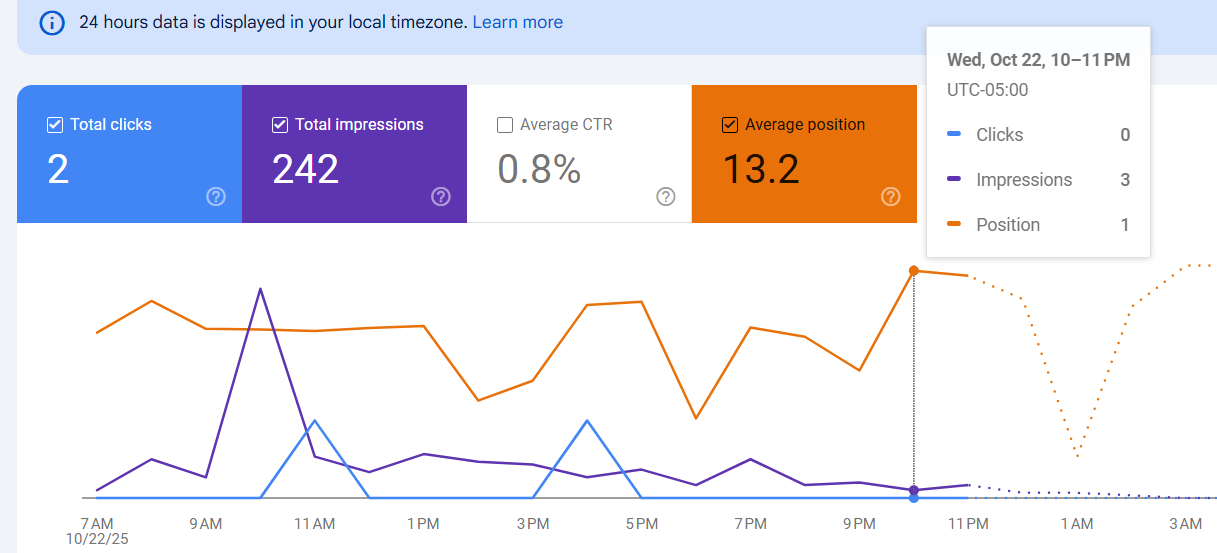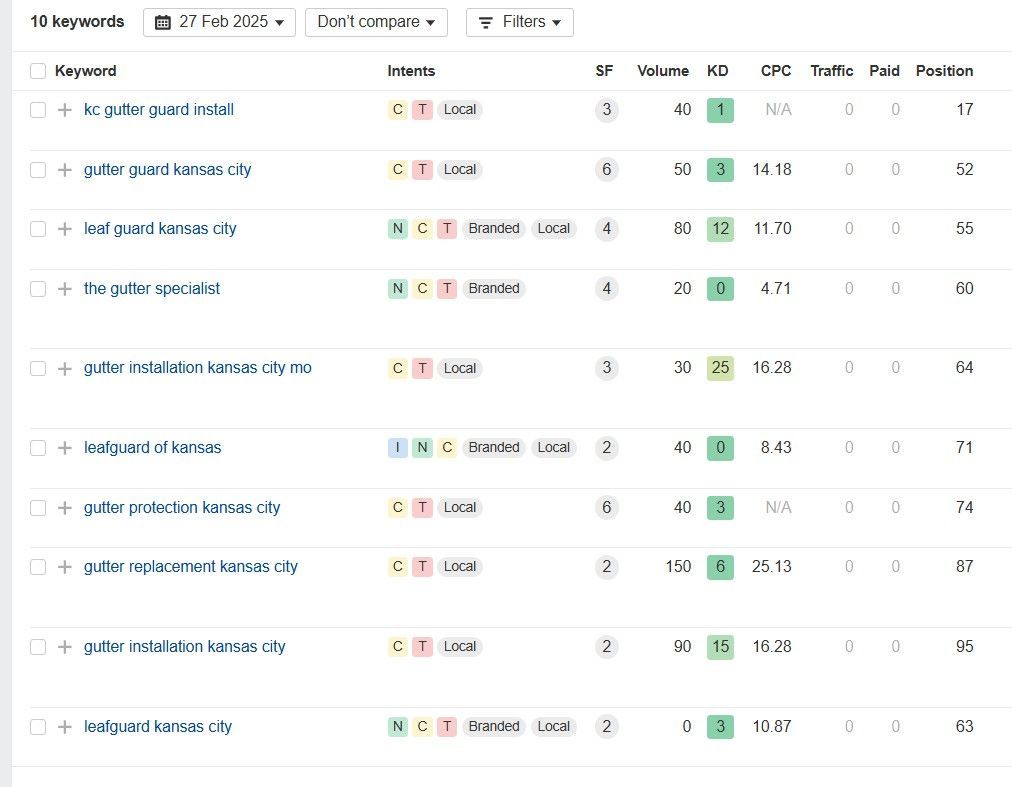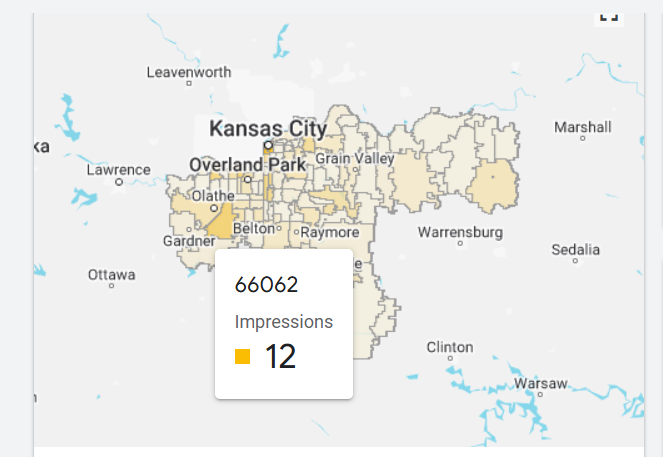Blog
Latest Posts
We have people of multiple kind in the house. Together we can provide high quality work to satisfy you.

By Raven Property Management KC
•
November 28, 2025
The Kansas City real estate market has become one of the top destinations for out-of-state real estate investing , and the secret is officially out. Investors from high-cost coastal markets are increasingly turning to the Kansas City real estate market for dependable growth, affordable entry points, and true cash-flow rental properties—the kind that have become nearly impossible to find in major metro areas. KC offers a rare combination of affordable investment properties, a stable economy, and consistently strong Kansas City rental demand, making it a prime location for both first-time and seasoned investors. But most of these buyers aren’t local. They’re searching online from hundreds or thousands of miles away, trying to determine whether investing in Kansas City real estate is right for them. Their entire investment journey begins on Google—looking for data on the best neighborhoods, Kansas City cash flow properties, market stability, and guidance on buying residential investment properties , along with a trustworthy Kansas City property management partner to serve as their reliable “boots on the ground.” Raven Property Management helps bridge that gap, giving out-of-state investors the local insight and support they need to invest confidently in the Kansas City market. To capture this valuable and growing audience, you must have a digital strategy that meets them at the beginning of that journey. This requires more than a simple website; it demands a strategic SEO approach. You must use your content to answer their specific questions, showcase Kansas City's unique advantages, and build the digital trust that turns an out-of-state searcher into a long-term client. Defining Our Audience: What Out-of-State Investors Are Searching For When Investing in Property Out of State To capture the attention of an out-of-state investor, you must first understand their search intent. They are not looking for a primary residence; they are hunting for a performing asset. Their Google searches are highly specific, analytical, and focused on two core fundamentals: affordability and stability. Your SEO strategy must be built to answer these two questions decisively. The Search for "Affordable Pricing" (Not “Cheap”) Investors from saturated coastal markets are searching for markets where their capital goes further and cash flow is still possible. Kansas City is a prime target because its housing stock remains incredibly accessible. As of July 2025, the median home price in the metro was approximately $304,000, significantly below the national average. Your content must translate this "affordable pricing" into investor language. Avoid the word "cheap," which implies low quality. Instead, focus on the ability to "buy right." This means highlighting the strong price-to-rent ratio. With an average rent of around $1,395, the numbers in Kansas City make sense for cash-flow-focused strategies like BRRRR (Buy, Renovate, Rent, Refinance, Repeat). SEO Keyword Focus: Your content should target high-intent phrases like " affordable Kansas City investment properties ," " Kansas City cash flow homes ," " price-to-rent ratio Kansas City ," and " best Kansas City neighborhoods for ROI ." The Need for a "Stable Rental Market" Long-distance investors are risk-averse. They need assurance that their asset won't sit vacant. Your content is your opportunity to prove that Kansas City has a stable, ongoing need for rental homes. This stability is built on a diverse economy—anchored by resilient sectors like healthcare, tech, and logistics—not a single industry. This economic foundation fuels steady population growth and, in turn, a consistent demand for housing. Furthermore, there is a significant, documented shortage of affordable rental units in the region. While this presents a challenge for the community, it represents a clear and sustainable opportunity for investors. There is a built-in, long-term need for the very product they provide. Your SEO content must emphasize this durable demand, which insulates investors from the volatility seen in other markets. SEO Keyword Focus: Target phrases that signal a search for stability, such as " Kansas City rental market trends 2025 ," " is Kansas City a good rental market ," " why invest in Kansas City real estate ," and " Kansas City rental demand ."

By Smooth Marketing Media
•
October 24, 2025
Finding the right digital marketing agency in Kansas can shape how your business grows online. Whether you operate in Wichita, Topeka, or right here in Olathe, the right partner helps you stand out in a competitive market. A skilled Kansas-based agency helps you boost visibility, attract qualified leads, and strengthen your brand’s local presence through proven SEO and digital strategies. At Smooth Marketing Media, you gain the advantage of working with a team that understands Kansas markets and how to connect with local audiences. From local SEO to Google ranking improvements, effective strategies focus on measurable results that align with your goals. You don’t just get marketing—you get a plan that helps your business rank higher and convert more effectively. Key Takeaways Kansas agencies combine local insight with strong digital expertise. Core marketing services focus on SEO, PPC, and content strategies that drive growth. Choosing a partner with local SEO experience ensures better visibility and consistent results. What Sets Digital Marketing Agencies in Kansas Apart Digital marketing agencies in Kansas combine local insight with data-driven strategies to deliver measurable growth. They emphasize personalized service, community connections, and innovative tools that help businesses improve visibility and generate consistent online results. Local Expertise and Market Understanding Kansas digital marketing agencies understand how regional trends, customer behavior, and local search intent shape online performance. Their teams focus on Local SEO and location-based strategies that help businesses appear in Google Maps, “near me” searches, and community-focused keywords. Agencies in areas like Olathe, Wichita, and Kansas City use data from local industries—such as manufacturing, healthcare, and retail—to build more relevant campaigns. This approach ensures marketing messages align with what Kansas audiences actually search for and value. They also prioritize Google ranking improvements through targeted optimization. By analyzing search patterns and competitor data, these agencies strengthen a brand’s position in both organic and map results. This mix of regional understanding and technical skill makes Kansas firms especially effective at connecting businesses with nearby customers. Innovative Service Offerings Many digital marketing companies in Kansas deliver a full suite of services that blend creativity with analytics. Common offerings include: ServiceFocus AreaBenefit SEO & Local SEO On-page optimization, link buildingHigher search visibility Content Marketing Blog and video creationBuilds authority and engagement Social Media Marketing Paid and organic campaignsExpands brand reach PPC Advertising Google Ads, retargetingGenerates qualified leads These agencies often integrate SEO KC strategies—hyperlocal optimization for Kansas City and surrounding areas—to help clients dominate regional search results. They also adopt automation tools and AI-driven analytics to refine ad targeting and measure campaign ROI. This focus on innovation allows Kansas digital marketers to stay competitive without inflating budgets or overcomplicating processes. Client Success Stories from Kansas Client results highlight how Kansas digital marketing agencies turn strategic planning into measurable outcomes. For example, a local coffee roaster partnered with a Kansas-based firm to launch a multi-channel campaign combining social media ads, email marketing, and SEO. The result was a significant increase in online orders within a few months. Another small business in Olathe improved its Google ranking and customer inquiries after implementing a Local SEO strategy focused on service-specific keywords. These success stories reflect a consistent pattern: agencies in Kansas use practical, data-backed methods to deliver growth. Their emphasis on transparency, measurable goals, and community engagement builds long-term trust between businesses and their marketing partners.

March 6, 2025
Technical SEO might seem overwhelming, but it's the backbone of any successful website's search engine performance. As a digital marketer who has optimized hundreds of websites, I've seen firsthand how proper technical optimization can transform a site's visibility and user experience. A comprehensive technical SEO audit addresses three critical areas: site crawlability, page speed optimization, and mobile responsiveness - these elements form the foundation of your website's search engine success. The technical SEO checklist has evolved significantly in 2025, with search engines placing greater emphasis on user experience signals and Core Web Vitals. Getting technical SEO right means more than just checking boxes - it's about creating a seamless experience for both search engines and users. When implemented correctly, technical optimization can dramatically improve your site's ranking potential and conversion rates. Key Takeaways Technical optimization directly impacts search visibility and user satisfaction Regular site audits help identify and fix performance bottlenecks before they affect rankings Implementation of Core Web Vitals and security protocols creates a competitive advantage Establishing a Robust Technical SEO Foundation Building a strong technical foundation for your website ensures search engines can effectively crawl, index, and rank your content while providing users with an optimal experience. The Significance of Technical SEO Technical SEO analysis forms the backbone of your website's search performance. Without proper technical optimization, even the best content can remain hidden from search engines. A comprehensive technical SEO audit examines crucial elements like HTTP status codes, SSL certificates, and mobile responsiveness. Search engines prioritize websites that meet their technical requirements. Clean code, proper URL structure, and efficient internal linking help establish authority and trust. Understanding Crawl Budget and Site Speed Search engines allocate specific resources to crawl your website. Managing crawl budget efficiently ensures important pages get indexed quickly. Page speed directly impacts user experience and search rankings. Key speed factors include : Image optimization Browser caching Code minification Server response time Regular monitoring of Core Web Vitals helps identify performance bottlenecks and areas for improvement. The Role of XML Sitemaps and Robots.txt Files XML sitemaps act as roadmaps for search engines, highlighting important pages and their relationships. Dynamic sitemaps automatically update as content changes. The robots.txt file provides clear directives to search engine crawlers: Which pages to crawl Which sections to ignore Crawl rate specifications Strategic implementation of both files ensures efficient crawling and proper resource allocation. Advancing User Experience and Site Structure A well-structured website with smooth navigation and fast loading speeds directly impacts rankings and keeps visitors engaged. Technical excellence in these areas creates a foundation for SEO success. Optimizing for Mobile-Friendliness and Core Web Vitals Mobile optimization starts with responsive design principles that adapt seamlessly across devices. Test your site using Google's Mobile-Friendly Test tool to identify potential issues. Core Web Vitals require careful attention to three key metrics: Largest Contentful Paint (LCP): Keep under 2.5 seconds First Input Delay (FID): Maintain below 100ms Cumulative Layout Shift (CLS): Target less than 0.1 Optimize images, leverage browser caching, and minimize JavaScript execution to improve these scores. Crafting a User-Centric Site Architecture Create a flat site structure where important pages are no more than 3 clicks from the homepage. This helps both users and search engines find content efficiently. Use clear URL structures that reflect your site hierarchy: example.com/category/subcategory/product Place high-value content prominently in the navigation menu. Remove or redirect dead ends and orphaned pages that can trap users. Internal Links and Breadcrumbs for Navigation Strategic internal linking distributes page authority and guides users through related content. Place contextual links within body content rather than relying solely on navigational menus. Implement breadcrumbs to show users their exact location: Home > Services > SEO > Technical Audits Use descriptive anchor text for internal links that clearly indicates the destination page's content. This helps search engines understand topic relationships between pages. Review your internal link structure quarterly to identify and fix broken links or redirect chains that can harm user experience.



